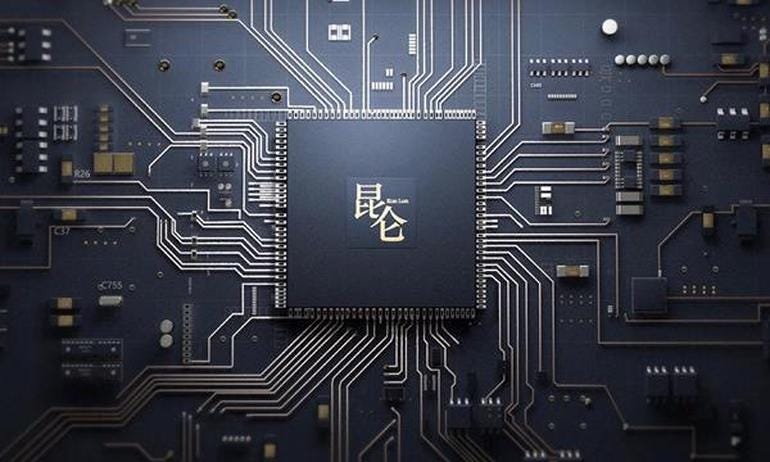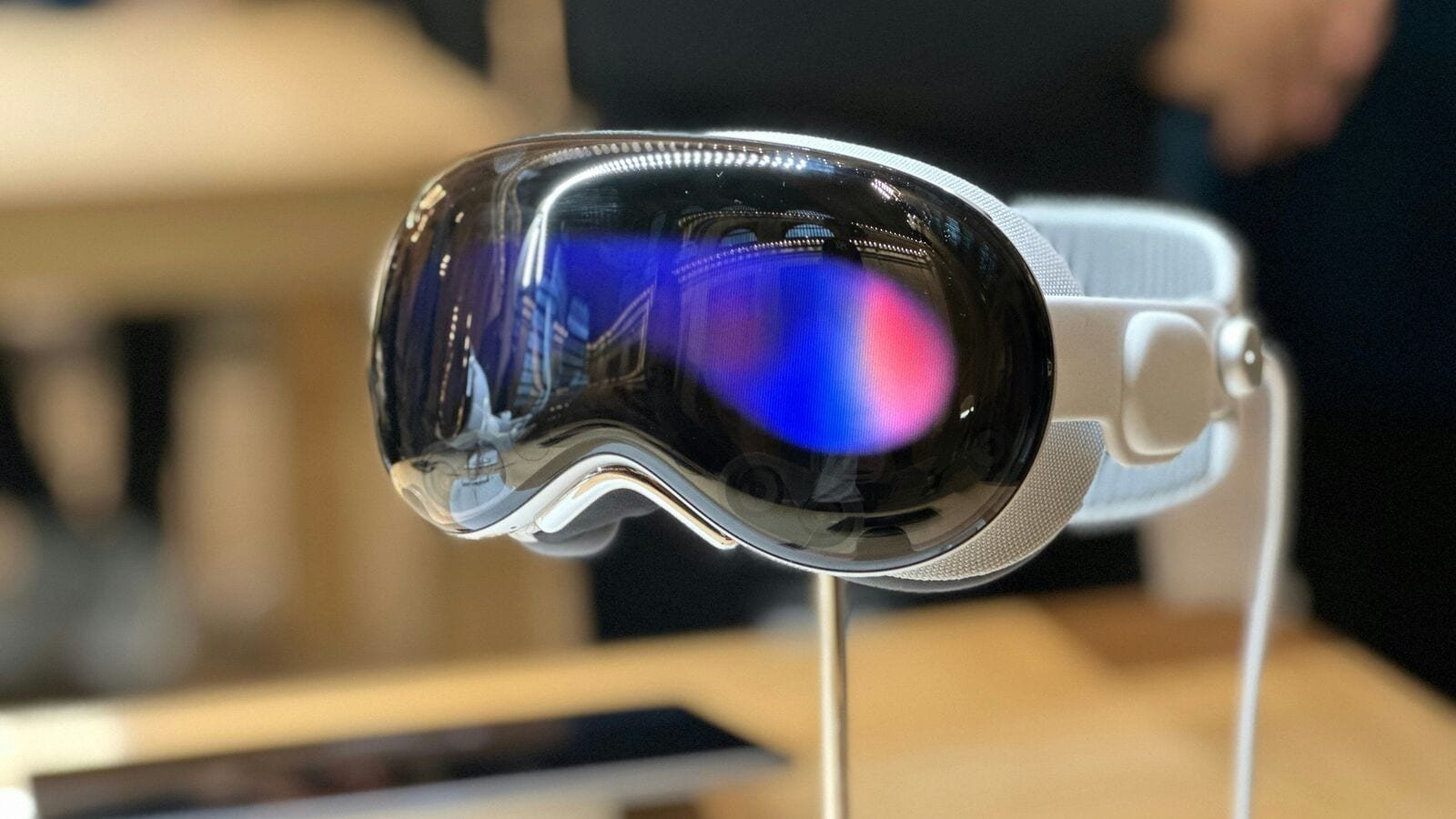Comparison between M5 MacBook Pro and M4 MacBook Air: Assessing the Top Entry-Level Mac Acquisition
**Apple Reveals New 14-Inch MacBook Pro Featuring M5 Chip: An In-Depth Review**
Today, Apple launched its newest entry-level 14-inch MacBook Pro, equipped with the M5 chip, retailing at $1599. This version comes in close proximity to the MacBook Air, particularly when similarly equipped. As the MacBook Air is released with older Apple Silicon, those considering a purchase might question its ongoing relevance.
### M5 vs M4 Chip
For many, the chip choice is paramount. The M5 chip presents numerous upgrades over the M4:
– **15% improved multithreaded CPU capabilities**
– **45% enhanced GPU performance**
– **30% boost in unified memory bandwidth**
– **4x peak GPU compute capability for AI**
These upgrades signify a notable advancement in GPU performance, which could be vital as Apple emphasizes local AI systems. Nevertheless, the M4 chip still provides sufficient performance for typical users, and selections shouldn’t be based exclusively on impending AI advancements.
### Air vs Pro: Is the Extra Cost Justified?
The 14-inch MacBook Pro brings forth various benefits over the MacBook Air, justifying its elevated price. Key advantages include:
– **Extra Ports**: The MacBook Pro offers three Thunderbolt/USB-C ports, an HDMI port, and an SD card slot, while the Air has only two Thunderbolt/USB-C ports.
– **Cooling Mechanism**: The Pro is equipped with an active cooling system, vital for demanding CPU/GPU operations, whereas the Air depends on passive cooling that may result in thermal throttling under sustained heavy use.
– **Display Excellence**: The MacBook Pro’s miniLED display accommodates HDR content, providing superior color fidelity and brightness (1000 nits) compared to the Air’s conventional display (500 nits).
### Conclusion
Generally, the price disparity between the MacBook Air and MacBook Pro is approximately $400 when similarly configured. The Air begins at $1199 with 256GB of storage, while the Pro comes with 512GB. Considering this price difference, potential purchasers should deliberate their choices thoroughly.
While the new 14-inch MacBook Pro is attractive, it may be prudent to hold off for potential deals, as new MacBooks frequently experience price drops soon after launch. The M4 MacBook Air is often discounted, with current deals making it substantially less expensive than the new Pro variant.
Ultimately, the choice should depend on whether the user requires the Pro’s superior thermal management, display quality, or extra ports instead of merely the M5 chip’s features.
Read More









